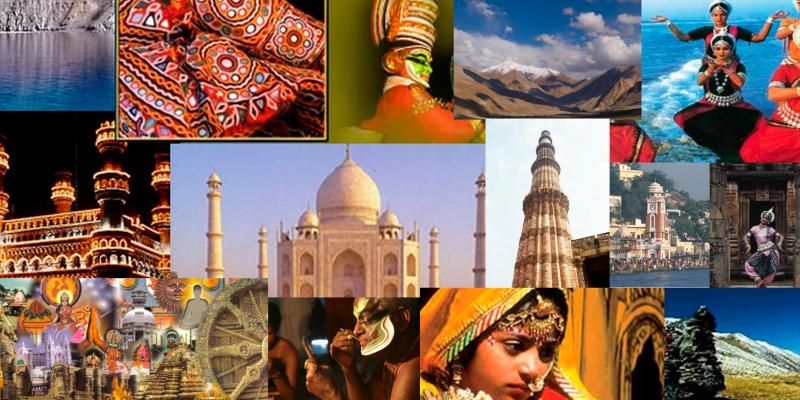What is Cultural Heritage?
Cultural Heritage is an expression of the ways of living developed by a community and passed on from generation to generation, including customs, practices, places, objects, artistic expressions and values. Cultural Heritage is often expressed as Intangible and Tangible Cultural Heritage (ICOMOS, 2002).
Tangible and Intangible Cultural Heritage
According to the United Nations Educational, Scientific and Cultural Organization (UNESCO)-
‘Tangible Cultural Heritage’ describes tangible items created, preserved, and passed down through generations in a society. It includes works of art, architectural treasures like structures and monuments, and other material manifestations of human creativity that have been given cultural significance in culture.
‘Intangible Cultural Heritage’ refers to “the practices, representations, expressions, knowledge, skills – as well as the instruments, objects, artefacts and cultural spaces associated therewith – that communities, groups and, in some cases, individuals recognize as part of their Cultural Heritage” Oral traditions, performing arts, local knowledge, and traditional skills are a few examples of intangible heritage.
What is UNESCO?
UNESCO refers to The United Nations Educational, Scientific, and Cultural Organization. It is a constituent of the UN. UNESCO was established in 1946 with the initial goal of rebuilding libraries, schools, and museums that the Second World War had destroyed in Europe. Now, it promotes worldwide collaboration in research, culture, communication, and information, which aids in maintaining peace and security. To hasten mutual understanding and better comprehension of lives, UNESCO encourages knowledge exchange and the free exchange of ideas. The 2030 Agenda, agreed by the UN General Assembly in 2015, outlines the Sustainable Development Goals that UNESCO’s programs help to attain.
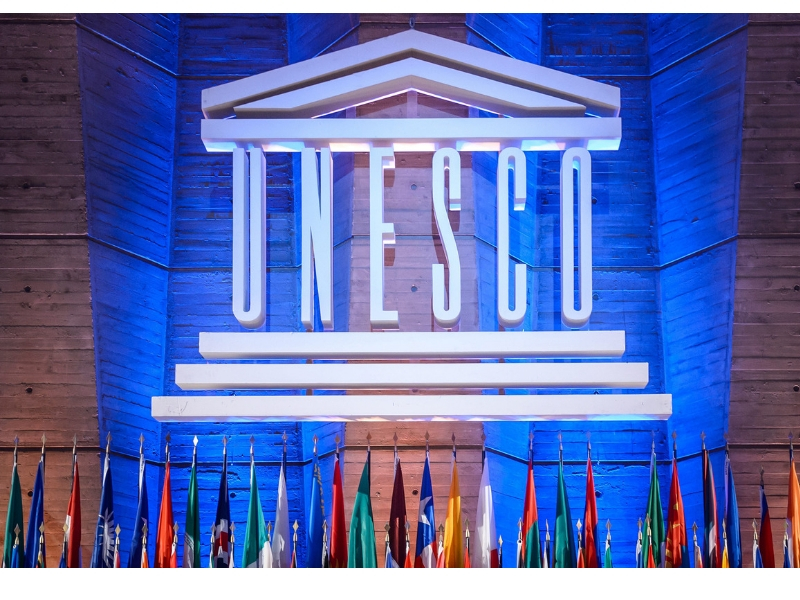
Government Efforts to Promote and Preserve India’s Cultural Heritage
The government has undertaken several steps to promote our cultural treasures, from increasing emphasis on monument preservation and promotion to creating world-class institutes that may help to educate our residents on conservation, preservation, and promotional strategies. To provide youths with a greater understanding of Indian history, the government has also constructed numerous monuments of national significance.
Since 2014, UNESCO has added 12 more Indian monuments to its list of World Heritage monuments, bringing the total to 42.
Making India a Heritage Tourism Hub
The Archaeological Survey of India (ASI) has developed a website for Indian Heritage Sites/Monuments that includes a “Must See” List of the best monuments. It is entrusted with protecting them. Additionally, it introduced an electronic ticketing system that allowed ASI staff to focus on maintaining and protecting monuments rather than selling tickets.
As evidence of the government’s unwavering dedication to promoting Indian culture and history, 200 ancient idols have been returned to India since 2014, increasing from 13 the previous year. The US sent over 157 artworks and artefacts to India during Prime Minister Modi’s visit to the country in September 2021.
Scheme “Adopt a Heritage”
The ‘Adopt a Heritage’ programme has been revamped by the Indian government. It encourages private businesses, government agencies, and other entities to adopt and care for State-owned historical structures and monuments. The companies who sign these agreements will be known as “Monument Mitras.”
By 15th August 2023, the government planned to adopt 500 protected sites, followed by another 500 sites. This represented a tenfold increase over the number of sites covered by the original “Adopt a Heritage” programme, which was introduced in 2017.

Inauguration of World-Class Institutes
With the government’s help, the ‘Indian Institute of Heritage’ at Noida has finally opened to enthusiasts who will focus on conservation and research in India’s rich tangible and intangible cultural heritage.
Along with enhancing the standard of higher education in the history of the arts, conservation, museology, archival studies, and archaeology, the institute will offer facilities for in-service staff and students of the Indian Institute of Heritage to get conservation training.
2019 saw the opening of the National Museum Institute’s new campus, which now offers four new courses, including structural conservation, cultural & heritage management, and archaeology, palaeography, epigraphy, and numismatics.
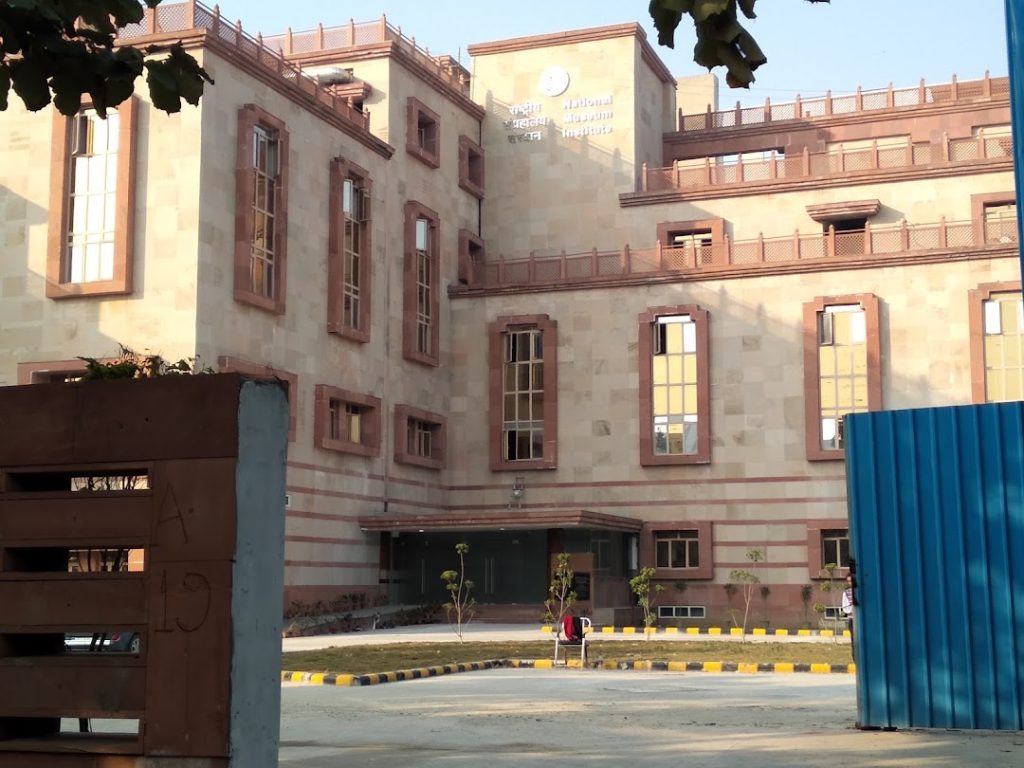
Monuments with National Significance
The Indian government has built numerous monuments of national significance, offering new opportunities to promote Indian history and its attractiveness on a global scale. The government built The National War Memorial in New Delhi, the Statue of Unity in Gujarat, and the APJ Abdul Kalam Memorial in Rameshwaram, among other projects. Additionally, Adivasi museums are being built around the nation to highlight the beautiful past of Indian tribal civilization.
Preservation of Buddhist Heritage
The “Scheme of Financial Assistance for the Preservation and Development of Cultural Heritage of the Himalayas” is administered by the Centre, and it provides a sum of 10 lakh to colleges or schools each year for cultural heritage studies and research. The plan also encourages the preservation of antiquated writings, works of literature, works of art, and handicrafts, as well as the recording of local dance and music.
To give believers a complete spiritual experience, the government is also constructing Buddhist Circuits with top-notch infrastructure. The Ministry of Tourism is also developing a Buddhist circuit that includes Kushinagar Sravasti and Kapilvastu as part of the SWADESH Darshan initiative.
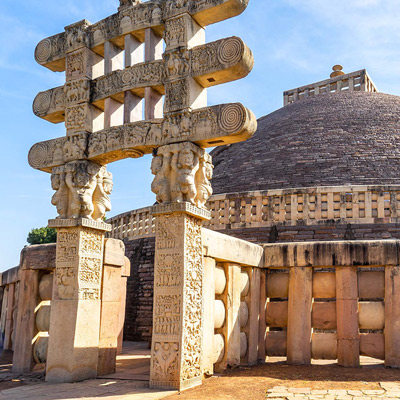
Challenges to Heritage Protection in India
The following arenas are undoubtedly the most challenging when it comes to protecting and maintaining Indian heritage sites.
Infrastructural Lacks
The divergence between contemporary engineering education and conventional knowledge of building materials and methods hampers the preservation of heritage sites.
Systems Informalization
In India, no formal mechanisms can identify the necessity of using scientific instruments for diagnostic and quantitative evaluation of residual capacity before deciding on a strategy for repair or strengthening.
To address India’s numerous heritage buildings, a systematic platform focusing on their structural safety is required.
Lack of Awareness
Domestic tourists frequently lack civic courtesy and damage historical monuments by leaving their names on them, among other forms of vandalism.
Limited Trained Manpower
Government organisations might be unable to conduct structural safety research and development due to a lack of resources, especially in experimental and numerical capacity. At the institutional level, the lack of initiatives to mainstream heritage preservation as a profession and supply skills continues to be a challenge.
UNESCO World Heritage Sites in India
A UNESCO World Heritage Site is a place designated by the United Nations Educational, Scientific, and Cultural Organisation as having particular cultural or physical significance and being of exceptional worth to humanity. UNESCO works to promote the conservation, identification, and preservation of natural and cultural heritage all around the world. It is evident in UNESCO’s 1972 acceptance of the Convention for the Protection of the World Cultural and Natural Heritage.
Heritage Site List
The following is a list of Indian Heritage Sites, as informed by UNESCO.
-
Cultural (34)
(1) Agra Fort (1983)
(2) Ajanta Caves (1983)
(3) Archaeological Site of Nalanda Mahavihara at Nalanda, Bihar (2016)
(4) Buddhist Monuments at Sanchi (1989)
(5) Champaner-Pavagadh Archaeological Park (2004)
(6) Chhatrapati Shivaji Terminus (formerly Victoria Terminus) (2004)
(7) Churches and Convents of Goa (1986)
(8) Dholavira: a Harappan City (2021)
(9) Elephanta Caves (1987)
(10) Ellora Caves (1983)
(11) Fatehpur Sikri (1986)
(12) Great Living Chola Temples (1987, 2004)
(13) Group of Monuments at Hampi (1986)
(14) Group of Monuments at Mahabalipuram (1984)
(15) Group of Monuments at Pattadakal (1987)
(16) Hill Forts of Rajasthan (2013)
(17) Historic City of Ahmadabad (2017)
(18) Humayun’s Tomb, Delhi (1993)
(19) Jaipur City, Rajasthan (2019)
(20) Kakatiya Rudreshwara (Ramappa) Temple, Telangana (2021)
(21) Khajuraho Group of Monuments (1986)
(22) Mahabodhi Temple Complex at Bodh Gaya (2002)
(23) Mountain Railways of India (1999, 2005, 2008)
(24) Qutab Minar and its Monuments, Delhi (1993)
(25) Rani-ki-Vav (the Queen’s Stepwell) at Patan, Gujarat (2014)
(26) Red Fort Complex (2007)
(27) Rock Shelters of Bhimbetka (2003)
(28) Sacred Ensembles of the Hoysalas (2023)
(29) Santiniketan (2023)
(30) Sun Temple, Konârak (1984)
(31) Taj Mahal (1983)
(32) The Architectural Work of Le Corbusier, an Outstanding Contribution to the Modern Movement (2016)
(33) The Jantar Mantar, Jaipur (2010)
(34) Victorian Gothic and Art Deco Ensembles of Mumbai (2018) -
Natural (7)
(35) Great Himalayan National Park Conservation Area (2014)
(36) Kaziranga National Park (1985)
(37) Keoladeo National Park (1985)
(38) Manas Wildlife Sanctuary (1985)
(39) Nanda Devi and Valley of Flowers National Parks (1988, 2005)
(40) Sundarbans National Park (1987)
(41) Western Ghats (2012) -
Mixed (1)
(42) Khangchendzonga National Park (2016)
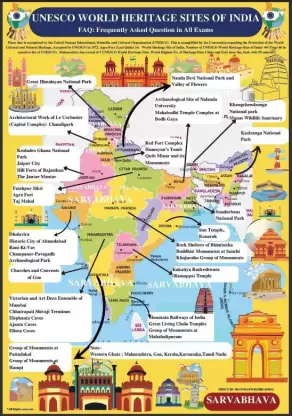
Conclusion
India’s diverse cultural history includes a large corpus of built heritage, which comprises ancient and historical monuments, archaeological sites, and relics. These monuments, sites, and artefacts must be preserved and valued since they represent India’s distinct culture and history. While technology has enormous potential, technological obsolescence, limited IT manpower, and conversion costs present an obstacle. Ongoing collaboration, research, and investment in developing technologies can overcome them. India’s efforts to use technology to safeguard and promote its cultural heritage have shown promising results. Through digitization, improved scanning techniques, collaborative projects, and research, India is preserving, making accessible, and showcasing its rich cultural heritage. India can conserve its past for future generations while raising awareness of its unique cultural fabric by embracing innovation and technology.
References
- https://www.drishtiias.com/to-the-points/paper1/preservation-of-cultural-heritage
- https://whc.unesco.org/en/faq/36
- https://www.unesco.org/en/articles/culture#:~:text=They%20serve%20as%20a%20basis,and
%20the%20World%20Heritage%20List. - https://resources.riches-project.eu/glossary/tangible-and-intangible-cultural-heritage/
- https://byjus.com/free-ias-prep/unesco-world-heritage-sites-india-for-upsc-prelims-exam/
- https://newsonair.com/2022/04/18/world-heritage-day-governments-efforts-to-promote-
indias-rich-cultural-heritage/ - https://www.drishtiias.com/daily-updates/daily-news-editorials/preserving-cultural-heritage#:~:text=The%20Indian%20government%20has%20launched,known%20as%20%E2%80
%9CMonument%20Mitras.%E2%80%9D - https://www.ibef.org/blogs/leveraging-technology-for-the-protection-and-promotion-of-india-
s-cultural-heritage - https://whc.unesco.org/en/statesparties/in
Photo Courtesy – Pinterest
Hoysala Temples in Karnataka listed as UNESCO World Heritage Site

Contributor

